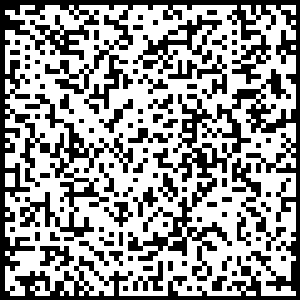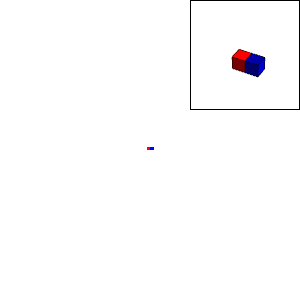For the Wolfram Science Summer School, I had the opportunity to talk with Stephen Wolfram about the current situation of robotics. He talked about the possibility of using Mathematica to control a robot that would gather information about its environment to generate 2D contours of indoor environments.
The topic discussed is formally know as Simultaneous Localization And Mapping (SLAM), which is a field in Robotics that has gained a considerable amount of attention in the past decade.
Introduction to SLAM
The Simultaneous Localization and Mapping (SLAM) problem asks if it is possible for a mobile robot to be placed at an unknown location in an unknown environment and for the robot to incrementally build a consistent map of this environment while simultaneously determining its location within this map.
SLAM in Mathematica
A program was developed to simulate the behavior of a robot inside of a room with obstacles to detect. The robot is considered to have sensors on all four sides, detecting objects adjacent to it. A room was created to contain the robot, and test its detection capabilities.


Physical implementation
Given that a free version of Mathematica is available on the Raspberry Pi, a robot was built based on this platform. The program was adjusted to adapt to the Pi's hardware limitations (3.3V digital logic), and a GUI to control the robot was also developed.
More info to be added later